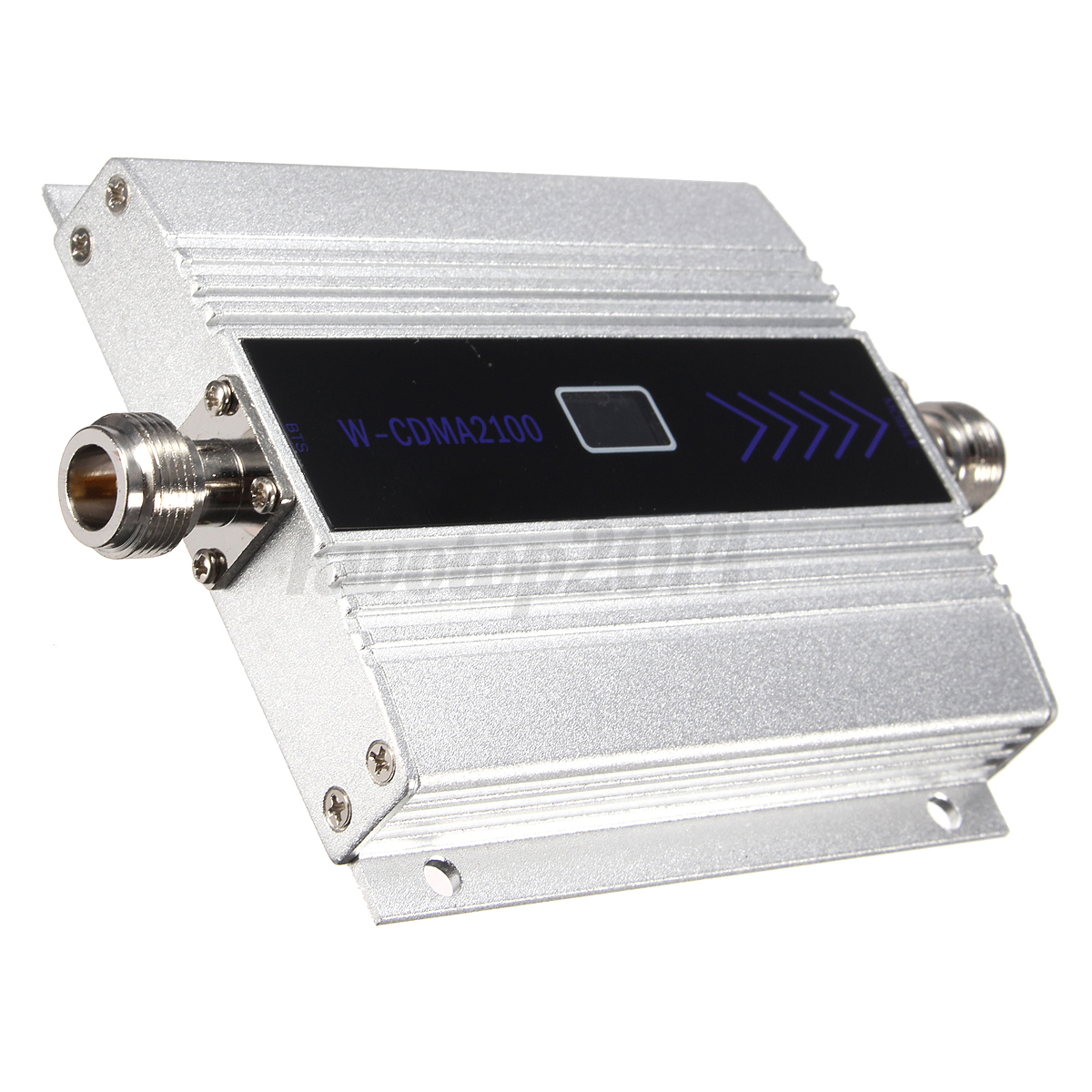

Harley-Davidson has developed numerous mounting and relocation kits that will make the installation process a cinch.

If you are looking for an antenna mount for motorcycles, look no further. Moreover, these antennas are durable and provide high-quality signals while traveling through rugged terrain. Unlike other products on the market, Harley-Davidson antennas won't distract from the riding experience or ruin the overall aesthetic.
#CB ANTENNA BOOSTER INSTALL#
With this philosophy in mind, engineers dedicated countless hours designing short motorcycle antenna products that are compact, easy to install and effective in rough conditions. The Harley-Davidson brand prides itself on ease-of-use and sleek designs that fit any bike within their collection. If this sounds like you, Harley-Davidson has the motorcycle radio antenna that will enhance your riding experience tenfold. To put it simply, Harley-Davidson feels that each rider should be able to enjoy their tunes, talk radio and ambient sounds while coasting down the highway. The Minimum Required Separation Distance is mainly observed between the two antennas, as it is critical to your booster's continued operation.If you are the type of rider who wants to venture out on an afternoon ride without sacrificing small luxuries along the way, a powered motorcycle antenna is a must-have addition to your bike. The signal booster unit itself does not require minimum separation distance from the outside antenna but does need a 18 inch to 24 inch separation from the inside antenna. If the booster is working, no adjustments need to be made. If the booster displays a flashing red and green light, the booster is indicating that oscillation is being detected, but it is most likely still performing at a satisfactory level.

If this occurs, increase the straight-line distance between the two antennas. Typically, a solid red light displayed on a weBoost signal booster indicates that oscillation has been detected and the booster is shutting down completely as a result. When this happens the booster will begin to reduce its gain to prevent damage to the mobile network, and will not resume optimum operation until the separation distance issue is corrected.

Oscillation occurs when the antennas pick up each others signals and create a feedback loop. If antennas are placed too close together, the booster may experience oscillation. The metal roof of your vehicle acts as a shield between the two antennas, making antenna placement a bit less critical for vehicle boosters. Separation is NOT measured by the length of cables that connect the two antennas to the booster.įor a vehicle booster installation, it is best to place the outside antenna towards the rear of the roof on the passenger side. PLEASE NOTE: Separation is measured as a straight line between the two antennas. If those distances are not feasible for your application, it can be achieved by doing a combination of the two (E.g, 10 feet vertical AND 30 feet horizontal). To find the MRSD for your specific booster model, refer to the Installation Guide that came with your booster.Īs a general rule, the inside antenna and the outside antennas need 20 feet vertical OR 50 feet horizontal separation. Each weBoost signal booster has a specific Minimum Required Separation Distance between the tower antenna and the device antenna that MUST BE STRICTLY OBSERVED.


 0 kommentar(er)
0 kommentar(er)
